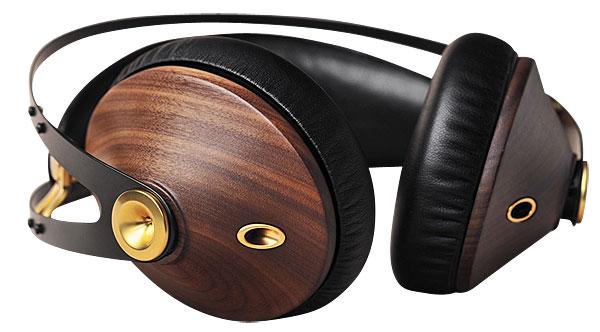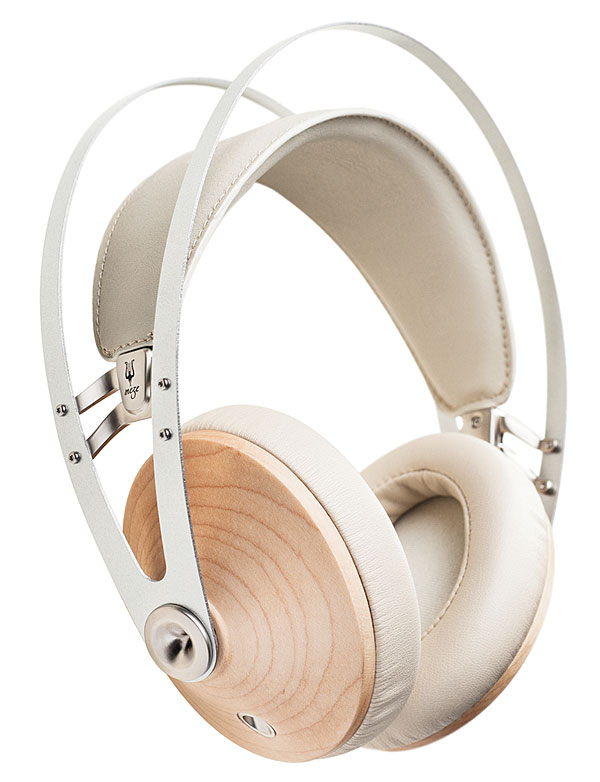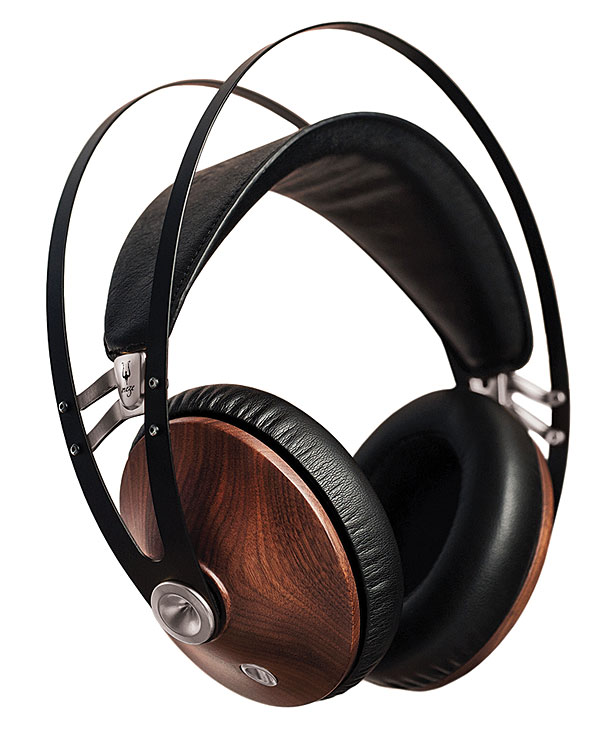Meze 99 Classics Headphones Review

AT A GLANCE
Plus
Handsome design
Extraordinary build quality
Rich sound
Minus
Doesn’t fold for compact storage
THE VERDICT
It’s easy to be distracted by the Meze 99 Classics’ good looks, but they’re also great-sounding headphones.
Call me shallow, but I fell deeply in love with the Meze Classics 99 headphones even before I heard them. Those precision carved, hand-finished, solid wood earcups, stainless steel headband, self-adjusting headband strap, and sumptuous earpads all lend a luxury feel to the design, though the price is solidly affordable. No other headphones near the price look and feel like the 99 Classics.
My review sample featured Meze’s light maple earcups, but you can also get 99 Classics with dark walnut cups. Meze claims the process of making a single pair of earcups takes up to 8 hours. Meze is based in the Transylvania region of Romania, but the headphones are made in China.
The 99 Classics feature proprietary 40mm drivers, and impedance is rated at an easy-to-drive 32 ohms. Even with the wood earcups, the 99 Classics weigh just 9.2 ounces, pretty light for a pair of full-size, over-the-ear headphones. The closed-back design doesn’t provide all that much isolation from external noise. You get two sets of Kevlar-reinforced, cloth-covered cables: a 44-inch one with a mic and phone controls, and a 9.5-foot one for home use. Both cables are terminated with 3.5mm plugs, and you get a 6.3mm adapter plug.

The 99 Classics worked well with my iPhone 6S, but alas, these headphones don’t fold flat or collapse for compact storage. That may be a deal breaker for some of you, but the upside to that design choice is the 99 Classics don’t have failure-prone hinges or pivots. The hard carry case deserves special mention: It’s beautifully designed and protects the 99 Classics from the elements.
At first, the 99 Classics seemed a little blah and soft, but after five days of continuous random iTunes playback, the sound really cleared up. One nitpick: Sometimes after I’d accidently brush against or touch the metal headband, I’d hear it ring for a few seconds, which was mildly annoying.
One of my favorite headphones in the 99 Classics’ price class is the Hifiman HE400S ($299), an open-back, over-the-ear design. A quick comparison revealed that the HE400S sounded more spacious and airy than the 99 Classics with Radiohead’s scary-good A Moon Shaped Pool album, especially on the strings that slither through the first track, “Burn the Witch.” I preferred the HE400S’s sound overall, but the 99 Classics had a richer, fuller tonal balance some listeners will prefer. The 99 Classics also offered slightly better isolation from external noise than the open-back Hifiman.
If for no other reason than the fact that both headphones had wood earcups, I was eager to compare the 99 Classics with a set of African mahogany Grado RS1e headphones ($695, Sound & Vision, September 2016). The RS1e is nowhere near as rich, but the 99 Classics sound dynamically squished next to the very lively RS1e.

Once I stopped comparing and settled down with the 99 Classics for long-term listening, the sound was easy on the ears, even with some of today’s overly bright and compressed music. My Tidal FLAC playlist contains a mix of good, bad, and sometimes overly nasty recordings. Through the 99 Classics, all were listenable, a feat in and of itself. OK, there was one exception: the Pixies’ Indy Cindy. That album’s lousy compression and just plain bad sound crossed the line. Even the 99 Classics couldn’t make it palatable; there are limits, after all.
As of this writing, the 99 Classics are the only model Meze offers. The 99 Neo, a less expensive plastic version, along with a set of in-ear headphones might be available by the time you read this.


























































